The Samsung Group, founded by Lee Byung-chul, is one of the world's largest family-controlled business empires and the world's leading manufacturer of smartphones, smart TVs, memory chips and display panels, with 18 listed companies. Today, the conglomerate owns more than 60 different industries, including electronics, machinery and heavy industry, chemical industry, financial services, property and engineering, and even woollens, hotels and baseball teams. Samsung Electronics is the largest and most important business segment of the group and is one of the largest consumer electronics companies in the world.

Lee Byung-chul founded Samsung from scratch
Lee Byung-chul (12 February 1910 - 19 November 1987) established a food trading company in Daegu, South Korea, in 1938, called Samsung Chamber of Commerce, which exported Korean dried fish, vegetables and fruits to Beijing and the northeast of China. In Korean, "Samsung" means three stars, and as "three" is an auspicious number in Eastern culture, Lee Byung-chul wanted his company to be as long-lasting as the stars.
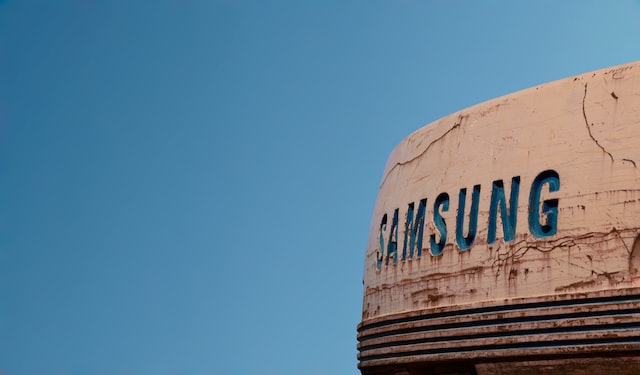
After the start of the Second World War, Samsung's growth came to a standstill. In 1948, after the Second World War, Lee established the Samsung Products Company in Seoul. Soon after the establishment of the company, the number of products traded quickly increased to more than 100, and the company expanded its trade to many advanced industrial countries such as the United States. However, when the Korean War broke out, Lee had to leave Seoul and return to Daegu.

In 1951, Lee Byung-chul established Samsung Moolsan (Samsung Products) in Busan. In response to the country's situation, Lee decided to abandon his lucrative trading business and set up production factories to develop import-substitution industries. "In 1954, he established the First Woolen Company, which ushered in the era of Korea's own fabric production. The name "First" (Cheil) also left its mark on the later development of the Samsung Lee family.
In the 1960s, when Korea's economy began to grow rapidly, the one thing it lacked most was fertiliser, which was fully dependent on foreign imports. Lee decided to enter the fertiliser industry again and set up a fertiliser factory. This time he created the "Korean Fertiliser" which not only met the needs of the domestic market but also made history as an export fertiliser. In the 1970s, Samsung laid the strategic foundation for its future growth by investing in the heavy industry, chemical and petrochemical industries.

In 1975, Samsung was selected as the first general trading company by the Korean government, which promoted the "general trading company model".
Seizing the trend to enter the electronics industry
In 1969, Samsung Sanyo Electronics was established to produce low-cost 12-inch black-and-white televisions for Sanyo of Japan. In 1975, Samsung Sanyo Electronics changed its name to Samsung Electronics Machinery Company. By 1976, Samsung Electro-Mechanics had produced a total of 10 million black and white televisions.
In 1977, Samsung Electronics Machinery merged with Samsung Electronics Industry Co Ltd. which was established in 1969. By 1978, Samsung Electronics Industry had produced a total of 40 million black and white televisions, which were sold in most countries around the world. 1979 saw the start of mass production of microwave ovens and 1980 saw the start of production of air conditioners. By 1981, Samsung Electronics had produced a total of 10 million colour televisions.
In the 1980s, Lee Byung-cheol proposed "the path of developing cutting-edge technology". In 1980, Samsung Electronics Industry and Korea Semiconductor Corporation merged, and in 1982, Korea Telecommunications Corporation changed its name to Samsung Semiconductor & Telecommunications Co. In 1988, Samsung Electronics merged with Samsung Semiconductor & Telecom Co Ltd and home appliances, telecommunications and semiconductors became its core businesses.
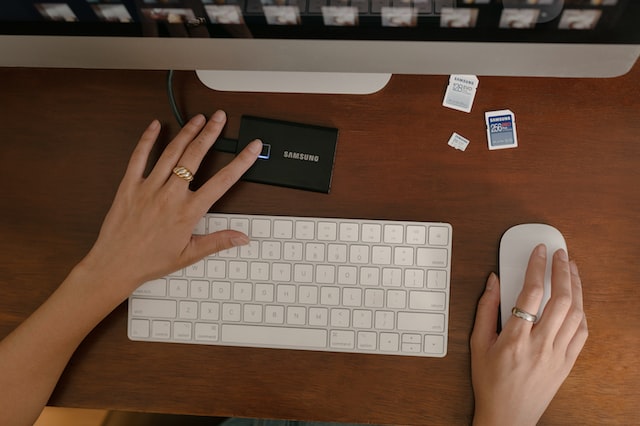
This phase saw explosive growth in the booming home electronics business and Samsung Electronics began to export its products. However, Samsung was then perceived by American consumers as an obscure manufacturer of cheap TVs and air conditioners. In the late 1980s and early 1990s, Samsung Electronics produced large quantities of products such as microwave ovens and shipped them to the United States. However, there was a huge backlog of goods, which then had to be sold at a discount.
Lee Kun-hee made Samsung abandon its image as a second-rate product
Lee Kun-hee (1942), the third son of Lee Byung-cheol, was sent to Japan by his father at the age of 12 to study, graduating from Waseda University in Japan with a degree in economics in 1965 and completing a master's degree in business administration at the University of Washington in 1966. He was succeeded as the new Chairman of the Samsung Group.
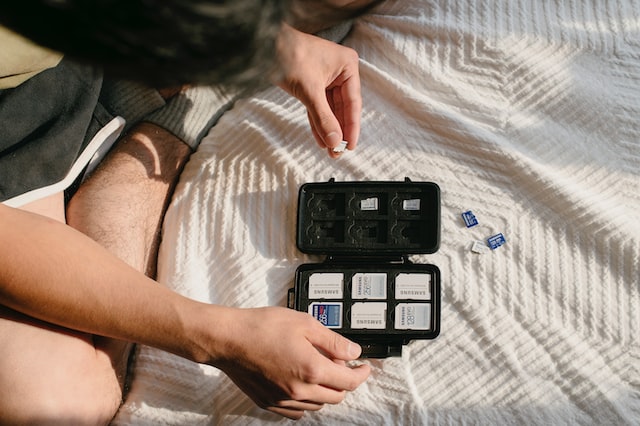
In 1988, at the celebration of Samsung's 50th anniversary, Lee announced the group's "second venture", setting the direction for Samsung to become a world-class company in the 21st century.
In 1993, Lee led many of Samsung's executives to visit major department stores in the United States and found that Samsung's products were very cheap and were always placed in obscure corners of the shops, which were rarely frequented. In contrast, Japanese electronic products such as Sony were much more expensive than Samsung, but were very popular. It was a shock to Samsung executives, including Lee, that Samsung products, which they pride themselves on in Korea, had fallen so low!
Lee Ken-hee immediately instructed that a meeting be held in the United States to compare and evaluate the world's major electronic products and Samsung products in terms of design style and product quality. Over 70 kinds of products such as camcorders, televisions, refrigerators, washing machines, tape recorders and microwave ovens made by world famous manufacturers were displayed, and the design style and performance as well as materials of the manufacturers could be compared at a glance, and the first impression of Samsung products was indeed cheap goods.
Lee felt that the United States was the largest market in the world and that its success or failure would determine Samsung's fate. In June 1993, Samsung announced its "New Management" plan in Frankfurt, Germany. Lee proposed that in order to leave behind the image of second-rate products, "everything must change except for my wife and children".
In order to rebrand, Lee also decided to abandon Samsung's original logo and asked an American agency to design a more international blue oval, which has been used by the Samsung Group ever since.
Samsung also changed its working hours from 8:30am to 5pm to 7am and 4pm. This measure brought the start time of employees forward by one and a half hours to allow "Samsung employees who were not fully awake to experience the change".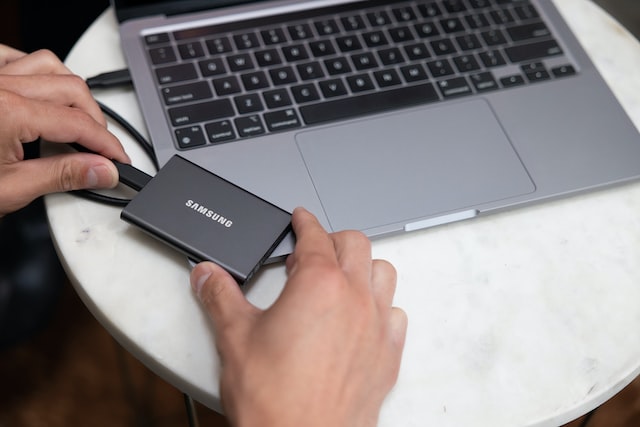
In 1995, Lee gave his employees the latest Samsung mobile phones as New Year gifts, but was horrified to hear that they did not work well. To emphasise the importance of production quality to the staff at the Gumi City factory, Lee asked that the entire stock of mobile phones and fax machines at the factory be stacked in one place. Under a banner that read "Quality is my dignity", Lee gave the workers the order to smash all these products to pieces and then set them on fire. This act was a turning point in Samsung's quest for quality.
In the 1970s and 1980s, Samsung established a strategy of benchmarking itself against Japan's Sanyo; in the 1990s, it began to target Japan's Sony. Samsung decided to implement a "digital strategic transformation" to surpass Sony. To this end, Samsung set itself the goal: product development must be three to six months faster than its Japanese counterpart, and the quality of mobile phone products to catch up with that of Motorola in the United States.
Once on the verge of bankruptcy Successful transformation of information technology
During the Asian financial crisis of 1997, the Korean economy was in a precarious position when foreign lenders withdrew funds from an economy that was highly dependent on financing. By July 1998, Samsung Electronics was losing millions of dollars every month and if the situation continued, Samsung Electronics would be bankrupt within a few years. The company's senior management decided that costs must be reduced by 30% within the next five months.
Samsung Electronics began to reduce inventory levels, cut costs and sell off unproductive subsidiaries. Samsung Electronics also made a break with the Japanese tradition of lifetime employment by firing a number of senior managers to make way for young, dynamic, English-speaking leaders. 1998 saw the start of mass production of digital TVs, a large share of the LCD market and the completion of the development of flat screen TVs. By 1999, the company began to make a profit.

During this period, Samsung announced the start of the second phase of its "new management", a thorough organisational restructuring and business consolidation of the group's businesses, with the successive sale and abandonment of many business units, and Samsung's rapid exit from areas in which it did not excel, had no prospects for growth and had relatively little potential for development.
Lee was convinced that the new industry of electronics would have a strong potential for growth, so while selling off a large number of other business units, Samsung established a strategy of focusing on electronics and telecommunication products, and succeeded in replacing industrialisation with information technology. This business restructuring laid the foundation for the Samsung Group's subsequent growth.
By the end of 1999, all mutual payment guarantees between subsidiaries were eliminated within the Samsung Group, allowing the subsidiaries to operate completely independently of each other financially and becoming one of the few companies that were able to continue to grow after the Asian financial crisis.
Samsung's winning formula for leading the global electronics industry
In 2001, Samsung Electronics generated profits of US$2.2 billion on sales of US$24.7 billion. It is number one in the world in both the memory chip and ultra-thin display markets and has secured its position as the world's fourth largest mobile phone manufacturer. Within Korea, the Samsung Group is the most powerful of the four industrial giants with annual revenues of over US$100 billion, ahead of the Hyundai Group, LG Group (Roxy Goldstar) and Daewoo Group. By 2003, Samsung Electronics was ranked 25th in the world in terms of brand value in Interbrand's Global Brand List. Samsung successfully adopted a 'follow' strategy to enter new businesses, overwhelming its competitors with execution until it became the market leader.
In 1985, Lee decided to invest in memory chips. At the time, people thought he was crazy and would bankrupt the company, but he succeeded. In each of the major business areas, Samsung followed the same 'investment for scale' model, replacing Sony in television and Nokia in mobile phones. At the same time, he developed a "win at all costs" style among his employees.
Back in the early 1990s, Lee realised that Samsung's culture was too closed. So he created a programme that sent 100 of his most promising middle managers around the world each year on a year-long academic sabbatical to learn about local cultures and return to Korea with a new perspective. This tradition remains to this day. Hundreds of non-Korean MBAs are also employed at Samsung's Seoul headquarters to develop international strategies. Samsung believes that foreigners will bring a new way of thinking to the table.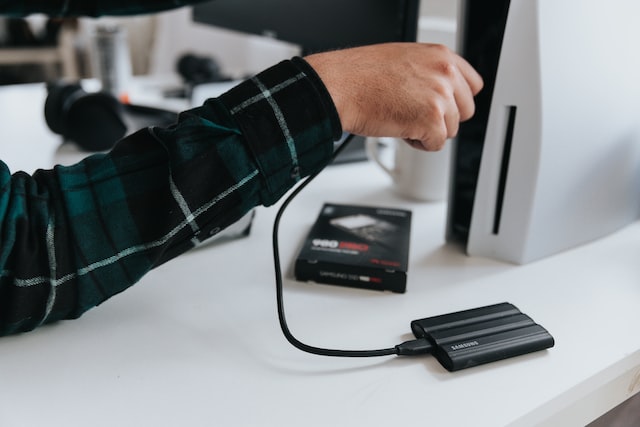
After Apple's iPhone was first introduced in 2007, Samsung Electronics entered the smartphone market with full force. 2009 saw the company decide to adopt Google's low-cost Android operating system for all its mobile products in order to quickly and cheaply counter Apple's proprietary operating system, iOS. 2011 saw Samsung take the top spot with the Galaxy S II phone. The throne. Profits soared, especially with its large-screen phones. Thanks to its close control of the long supply chain, Samsung has always been able to react quickly to meet the rising demand for its phones. Samsung is its own best customer, so to speak.
Another secret of Samsung's success is that it controls and produces many of the basic components of its mobile phone products in-house (Samsung produces all accessories from screens to memory cards). Samsung's ability to rapidly increase production capacity for components means that Samsung has become an important component supplier for other mobile phone manufacturers. Rival Apple is also one of Samsung's largest component customers. To fulfil the same component production tasks, all of Samsung's competitors would have to rely on third parties. In the game against its competitors, Samsung products save at least a quarter in terms of costs.
Samsung also invests heavily in research and development, which amounted to US$8.7 billion in 2011. At that time, the Samsung Group had 220,000 employees worldwide, a quarter of whom were working in R&D. Samsung's mobile phone products are mainly developed and produced by teams in Asia, and then improved and assembled locally.
Having suffered from a 20-year-long history of failed corporate acquisitions, Samsung had a strong preference for entrepreneurship over acquisition. In the mid-1990s, Samsung spent nearly US$1 billion to acquire American computer maker AST, only to be left with billions of dollars in losses. This failure became a lingering shadow for Samsung. In addition, the South Korean government has for years encouraged Korean plutocrats to invest their profits in research and development in order to benefit the country's economy.
Lee has built Samsung Electronics from a low-end equipment seller into a global leader in mobile phones, TVs and computer chips, with revenues exceeding US$200 billion in fiscal 2013, making it the rightful leader in the global electronics industry. Under Lee's control, the Samsung Group has also risen from a South Korean plutocrat to a global business giant.
The challenges facing successor Lee Jae-yong
In May 2014, Lee suffered a heart attack and has been hospitalised ever since. And the gentle, world-travelling Lee Jae-yong became the legal successor to the Samsung Group.
Lee Jae-yong (1968-) is the most cosmopolitan of Samsung executives, fluent in Japanese and English and known for his perfect manners and open-minded demeanour. Lee Jae-yong studied history at Seoul National University in South Korea. In 2009, at the age of 41, Lee became the Chief Operating Officer of Samsung Electronics. Currently, Lee is the Vice Chairman of Samsung Group.
Lee Jae-yong faces a situation where, despite being a world leader in the smartphone business, Samsung is already facing a squeeze from above and below: at the high end, there is Apple, which is much more profitable than it is, and at the low end, there is a large group of Chinese competitors. Although Samsung still has the highest smartphone market share in the world, it has been pushed out of the top five in China. There is also a concern within Samsung executives that the company's success will not turn on a dime, especially in the technology sector, where Nokia, Motorola and Blackberry have precedents.
Lee Jae-yong has also long been aware that the entire group's business is currently too dependent on Samsung Electronics and that there are significant risks in the future.
Healthcare projects have become part of Samsung's future strategy. The Samsung Group has already set up a huge new business in Incheon called Samsung Biologics, which produces biologics for global pharmaceutical companies including Roche Genentech and Bristol-Myers Squibb. pharmaceutical companies including Roche Genentech and Bristol-Myers Squibb. It was one of Lee Jae-yong's favourite projects, and it had all the hallmarks of Samsung's struggle: massive, multi-billion dollar investment and the application of manufacturing expertise to a promising new venture.
By streamlining its product line and reducing R&D costs, Samsung's smartphone division's operating profit recovered rapidly into 2016, and the Galaxy S7, launched in March 2016, exceeded industry expectations and became a long-overdue hit. The Galaxy Note 7, the latest large-screen phone to be launched, was revealed to be well received by both domestic and international media and users. After three years of hard work, Samsung Electronics' stock rose to a record closing high in late August 2016, with a market capitalisation of nearly US$240 billion.
However, despite the positive market response to the new smartphones, foreign investors are more focused on Samsung's semiconductor and display sectors, especially 3D flash memory chips (nand flash) and organic light-emitting diodes (OLEDs) are the top contributors to the rise in Samsung Electronics' share price. In the long run, global smartphone manufacturers, including Samsung and Apple, have hit a bottleneck in their growth. Samsung Electronics, which recently bought a stake in Chinese electric car company BYD and is also looking into acquiring the parts subsidiary of Fiat Auto, is increasing its investment in auto-related industries.
The ubiquitous Samsung Group and the Lee family business
No one can say exactly what the relationship is between the Samsung Group and the dozens of affiliated companies of the Lee family. The Samsung Group claims that each subsidiary is a separate legal entity, and that the Samsung Group is not a legal entity, but simply a group of companies that are convenient to refer to.
Of the eight children of Lee Byung-chul, in addition to Lee Kin-hee, who took over the reins of Samsung, his eldest daughter Lee In-hee inherited assets such as hospitals and golf courses from his estate and set up a new conglomerate; and his fifth daughter Lee Myung-hee, who inherited assets such as department stores, set up the "New World Group", of which she is the chairman, and which includes The company is also the chairman of the New World Group, which includes the supermarket "Ebay".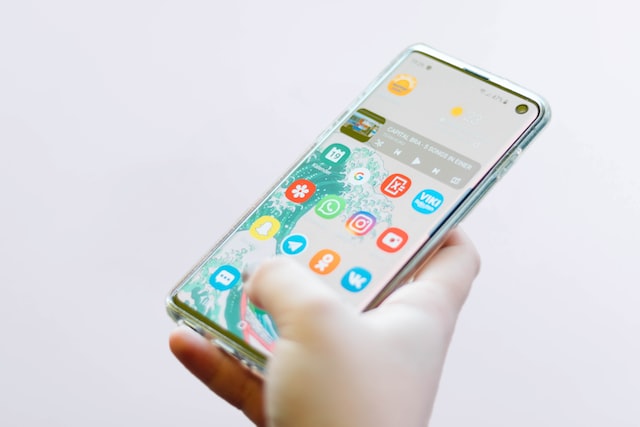
The CJ Group is a major Korean film production and consumer goods conglomerate. CJ Group is derived from Samsung's earliest business, First Sugar, with the "C" in its name standing for "First" (Cheil), and was the earliest holding company of the Lee family. "In 1993, Lee Kin-hee handed over the company to Lee Jae-hyun, the son of his elder brother Lee Mong-hee, and it has since grown from Korea's largest food company to a global lifestyle company. In 1993, Lee gave the company to his elder brother Lee's son, Lee Jae-hyun.
Lee's daughter Lee Seo-hyun is in charge of the fashion business of First Woolen.
The Shilla Hotel, an upscale Korean hotel and duty-free business, is headed by Lee Boo-jin, Lee's eldest daughter.
Cheil Worldwide, the largest advertising agency in Korea, is headed by Lee Soo-hyun, the second daughter of Lee Kin-hee.
Samsung Everland, the largest theme park in Korea and one of the top 20 in the world, is also a Samsung property.
Korea's largest daily newspaper, JoongAng Ilbo, was founded by Lee Ken-hee in the 1960s and is currently not owned by Samsung, but is recognised as being very friendly to Samsung.
In December 2013, Samsung Everland acquired Cheil Industries and the combined company was renamed First Woolen Weaving. ), which is now the de facto holding company of the Samsung Group.
At present, the Samsung Group has four major industrial sectors, including electronics, heavy industries, financial services, lifestyle services and other industries.
The electronics industry includes companies such as Samsung Electronics, Samsung SDI, Samsung Electro-Mechanics, Samsung SDS, Samsung Display and Samsung Corning Precision Glass.
The heavy industry includes companies such as Samsung Materials Engineering and Construction Division, Samsung Heavy Industries, and Samsung Engineering.
The financial services industry includes companies such as Samsung Life Insurance, Samsung Marine Fire Insurance, Samsung Credit Card, Samsung Securities, Samsung Asset Management, and Samsung Venture Capital.
The lifestyle services and other industries include companies such as Samsung Property & Investment Trading Division, Shilla Hotel, Jelshi Bank (First Planning), Samsung S-1 Corporation, Samsung Medical Center, Samsung Research Institute of Economics, Samsung Bioepis, Samsung Bioepis, and Samsung Welstory.
SAMSUNG ELECTRONICS, a subsidiary of the Samsung Group, is ranked as high as 13th on the 2016 Fortune 500 list. SAMSUNG LIFE INSURANCE was ranked 439th and SAMSUNG C&T was ranked 441st.
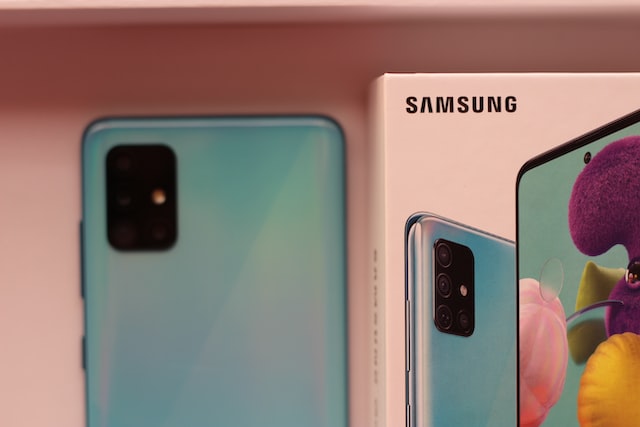
The Samsung Group and the Lee family of companies are close to a quarter of the brands on Interbrand's list of the 50 best brands in Korea 2016. Samsung Electronics (1), Samsung Life Insurance (6), Samsung Fire & Marine Insurance (12), Samsung Property & Casualty (21), Samsung Card (23), CJ First Sugar (27), Ebay (29), Samsung Securities (35), Shilla Hotel (36), CJ O shopping (40), CJ E&M (42), and Shinsegae (47).
It can be said that the Samsung Group and the Lee family's business touches almost every aspect of Korean life.